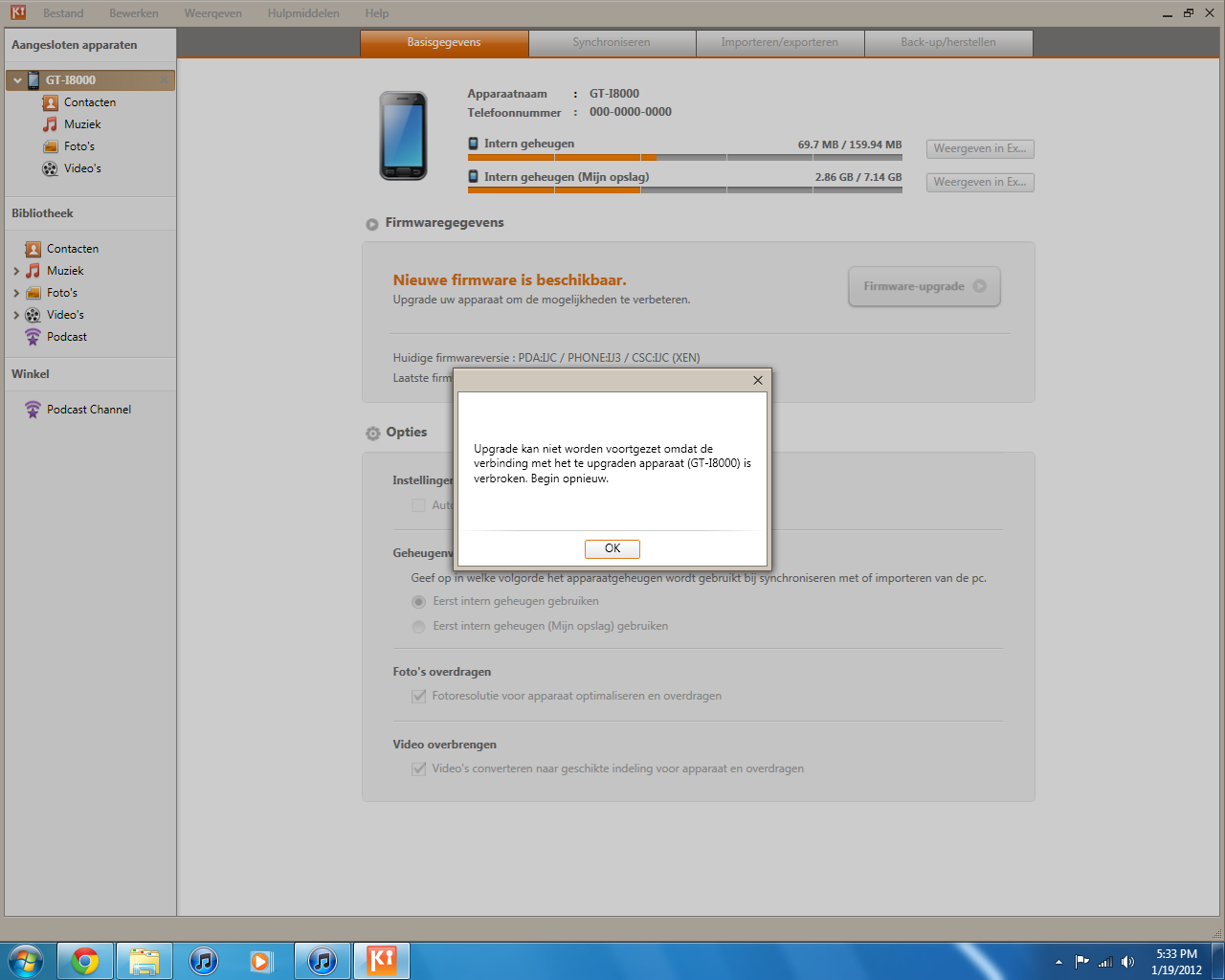
But that’s currently it in terms of cutting-edge gaming support via HDMI loopthrough in today’s soundbar market. The Sony HT-A7000 soundbar supports 4K 120Hz passthrough, but not variable refresh rates. Trying to pass such signals through will almost without fail see them stripped back to at best 4K 60Hz with no variable refresh rates.Įven the latest LG and Samsung soundbars don’t support enough data bandwidth over their HDMI ports to carry 4K 120Hz and/or VRR through to screens, despite many of their latest TVs supporting such cutting-edge graphics features. Unfortunately, however, very few soundbars currently can do this.

#Volmin error on samsung audio bar Pc
If you own a PS5, an Xbox Series X or a PC with a recent high-end graphics card, as well as a TV capable of handling 4K resolutions at 120Hz refresh rate with VRR, then you will want your soundbar’s HDMI passthrough to be capable of passing such cutting-edge visuals through to your display. Having just sung the praises of the HDMI passthrough systems carried by some soundbars, there can also be a downside to them that you may need to know about depending on the capabilities of your TV and sources.

Losing advanced HDR and gaming picture quality The Sony HT-A7000 is one of the few soundbars that can handle 4K 120Hz over HDMI. If you have one particular source that comes through with a delay, and if your soundbar has an HDMI passthrough port, connect your source directly to the soundbar, so that it can strip the sound out before passing the video on to your TV. Some soundbars have an HDMI input as well as an HDMI connection to the TV, and they can pass through video to the TV, but take the sound along the way. With all this in mind, the best way to limit audio sync issues is to use your soundbar’s HDMI passthrough system, if it has one. However, these adjustments can be hard to find and don’t always fully solve the issue, though.Įxperience suggests, too, that sometimes once source can cause audio lag in a system while others don’t, so you could find yourself having to keep changing the audio lag settings (if your gear supports them) repeatedly. Fortunately, if this affects your soundbar when using ARC, there are things you can do about it.įirst, some TVs and soundbars provide options for adjusting the audio timing to try and fix potential sync errors, and this is a good place to start. It continues, however, to be one of the most common audio complaints we hear about. To be clear, this is by no means universal with ARC. It’s become infamous over the years for causing sound to become dislocated from the pictures with some AV setups, so that actors’ lips move out of sync with the words you’re hearing them say. In reality, though, ARC isn’t always the blessing it sounds. After all, it lets TVs that support ARC send their sound out via ARC-certified HDMI connections to external devices such as soundbars and AV receivers, reducing cabling headaches and essentially turning your TV into a convenient audio ‘switching device’.

On paper, the audio return channel (ARC) technology that’s part of the HDMI connection specification is a fantastic idea. A lot of higher-end soundbars have this built in, and Sonos soundbars can do this through the Sonos app, though only if you have an iPhone, sadly. Also, some TVs can’t process DTS signals through HDMI ARC-in these cases, set your source device to output Dolby Digital.In a perfect world your soundbar will have an auto-calibration system, where mics in the main soundbar or remote control listen to test signals and automatically adjust the soundbar’s output accordingly. Note that the soundbar must be able to decode the bitstream signal in order to get proper sound pretty much all soundbars can decode basic Dolby Digital surround sound, but many can’t decode DTS surround sound or more immersive formats like Dolby Atmos and DTS:X. Some TVs and source devices have an “auto” option for digital audio output, which should be a safe bet.
#Volmin error on samsung audio bar movie
Many devices (especially TVs) default to converting all these signals to a two-channel PCM digital signal (the same as used for CD), which may cause the first few seconds of audio in a movie or TV program to cut out. The bitstream option, available in the audio setup menu of your TV and source devices (see photo below), sets the device to send the exact digital signal encoded in the program, be it Dolby Digital, DTS, Dolby Atmos, stereo audio, or the like. This setting determines whether the digital audio signal is decoded in the device (the TV or Blu-ray player) or in the soundbar. Try the bitstream audio output setting on your TV and source devices.


 0 kommentar(er)
0 kommentar(er)
